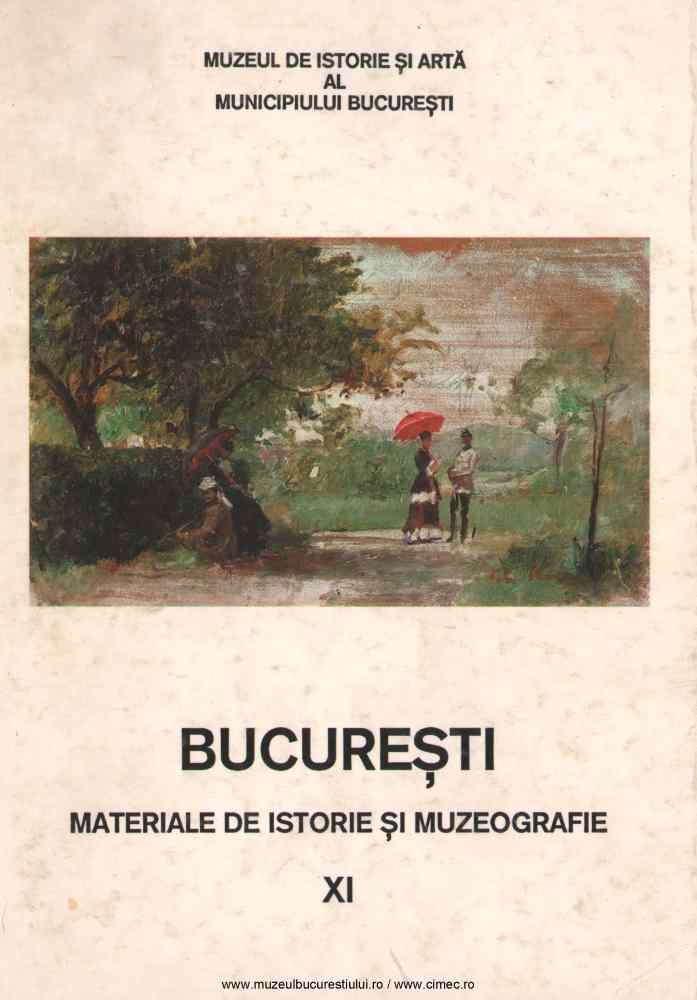
Piese de artă africană în colecţii din Bucureşti
| Autori |
|
| Secţiunea |
|
| Limba de redactare | română |
|
Descriptori
|
|
| Excerpt | Although there were some Romanians who went to Africa in l 9th century and early 20th century their main purpose was not in collecting the natives' artifacts. Nevertheless, some of these interesting items were brought in our country due to them. This paper deals with the African art which is still to be found in private collections in Bucharest. A great question was raised and is still debated: are all the artifacts produced by the black craftsmen pure art or not? From a superficial European point of view, ignoring their religion and customs, their creations are pure art. But from the aborigines’ point of view their carvings are only a means of expressing their beliefs, myths and devotion toward the deities they represent. The black carvers cannot understand a form without its spiritual power. A sculpture was for them a tool a practical one, like all the others used in daily life, for the masks and fetishes were used to obtain the benevolence of the deity, following the same purpose of happiness and abundance for the community. In some communities every man was his own artist while in other one’s sculpture was a professional affaire, usually run by families. Sometimes the carver was also a medicine man but more often he was the blacksmith of the village, these two profession meaning no difference of status. A mask or a fetish loses part of its meanings when seen in a museum as a piece of wood spoilt of its accessories, the contiguous music, dances and songs, and the appropriate environment. That's why we, Europeans, have discovered only their artistic qualities and feel amazed seeing the straight, clean cuts and the "light and shadow" effects used as a means of high expressiveness. In 1984, the author of this paper organized an exhibition of African art and ethnography at the Museum of Natural History "Grigore Antipa" in Bucharest. The majority of the exhibits - except those belonging to the above mentioned museum - were borrowed from private collections. It was for the first time that those items were publicly shown in a main exhibition of this kind. |
| Paginaţia | |< << 283-292 >> >| |
| Descarcă fişierul | |
| Titlul volumului de apariție | |
| Editura | Publicat de: Museion |
| Loc publicare | Bucureşti |




